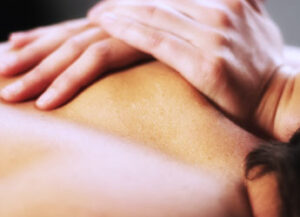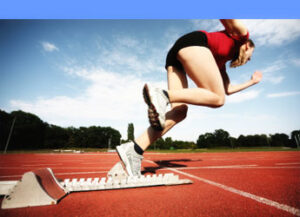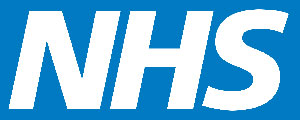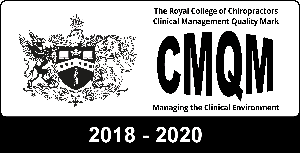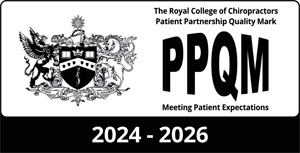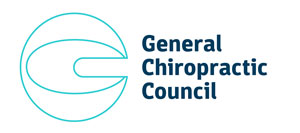Bob Townsend, our resident Sports Massage Therapist, explores the history and benefits of massage.
History
The word massage comes from ‘Masah’ meaning ‘to stroke’. It is thought that massage has been practised since the earliest civilisations; cave paintings have been found that depict people massaging each other.
- The Chinese practised massage to relieve aliments and improve health as early as 3000 BC. They also discovered ‘pressure point ‘ techniques which were found to be very effective – as they indeed still are!
- The Japanese also used “pressure point” massage and this is now known as Shiatsu.
- The Hindus have long practised massage and the sacred book ‘Ayurveda ‘ (the art of life) mentions how shampooing and rubbing were used to promote cleanliness and wellbeing.
- The Ancient Egyptians and Persians combined massage with fats, oils, resins and herbs to improve the skin.
- By 500 BC the techniques of massage had spread from East to West and at this time the Greek physician Hippocrates began to study the effects of massage discovering that it could treat joint and muscular problems.
- The Romans practised massage and were responsible for the advent of private and public ‘baths ‘ that offered areas for massage as well as steam rooms etc.
- After the decline of the Roman Empire there was little recorded about massage but in the renaissance period (1450 AD) there was a renewed interest and in the 16th Century Ambrose Pare promoted and developed the use of massage in France and it became medically established.
- In the early 19th Century Swedish physiologist Per Henrik Ling developed a system of passive and active exercises known as ‘Swedish Remedial Gymnastics ‘ as well as a system of massage movements such as effleurage, petrissage, vibration, rolling and tapotement – hence the term ‘Swedish Massage ‘ which we use today.
THE BENEFITS AND EFFECTS OF SPORTS MASSAGE
These can be divided into two major groups: Psychological and Physiological.
Psychological
This can be:
- Relaxing – a sense of calm and wellbeing.
- Invigorating – energised.
For example, a professional athlete will normally have an invigorating massage prior to a competitive event which will significantly help in their mental preparation and focus. On the other hand, after or between events, the massage will be slower and deeper, targeting specific injuries or strains.
Physiological
In essence the primary physiological benefit of sport massage relates to blood. Massage speeds up the circulation of the blood bringing the oxygenated blood to the extremities of the body, along with the nutrients to nourish the bones, joints and muscles. It also increases the metabolic rate and general condition of the body by encouraging the removal of the waste products.
This in turn can loosen adhesions, reduces stiffness and muscle fatigue. Muscles are warmed, elasticity improves and nodules (knotty areas) are broken down – areas of damaged or toughen muscles fibres may be realigned.
Massage also nourishes the skin and helps in exfoliation. It also helps the body ‘s other circulatory system – the lymphatic system – by encouraging lymph drainage.
Along with massage, manipulation of the joints can improve range of movement and flexibility, which can enhance physical performance and help prevent injury.
Finally, massage also helps to develop patients’ self awareness and wellbeing.
If you would like further information or guidance, you can contact Bob at the Clinic or directly on 07950 150868

